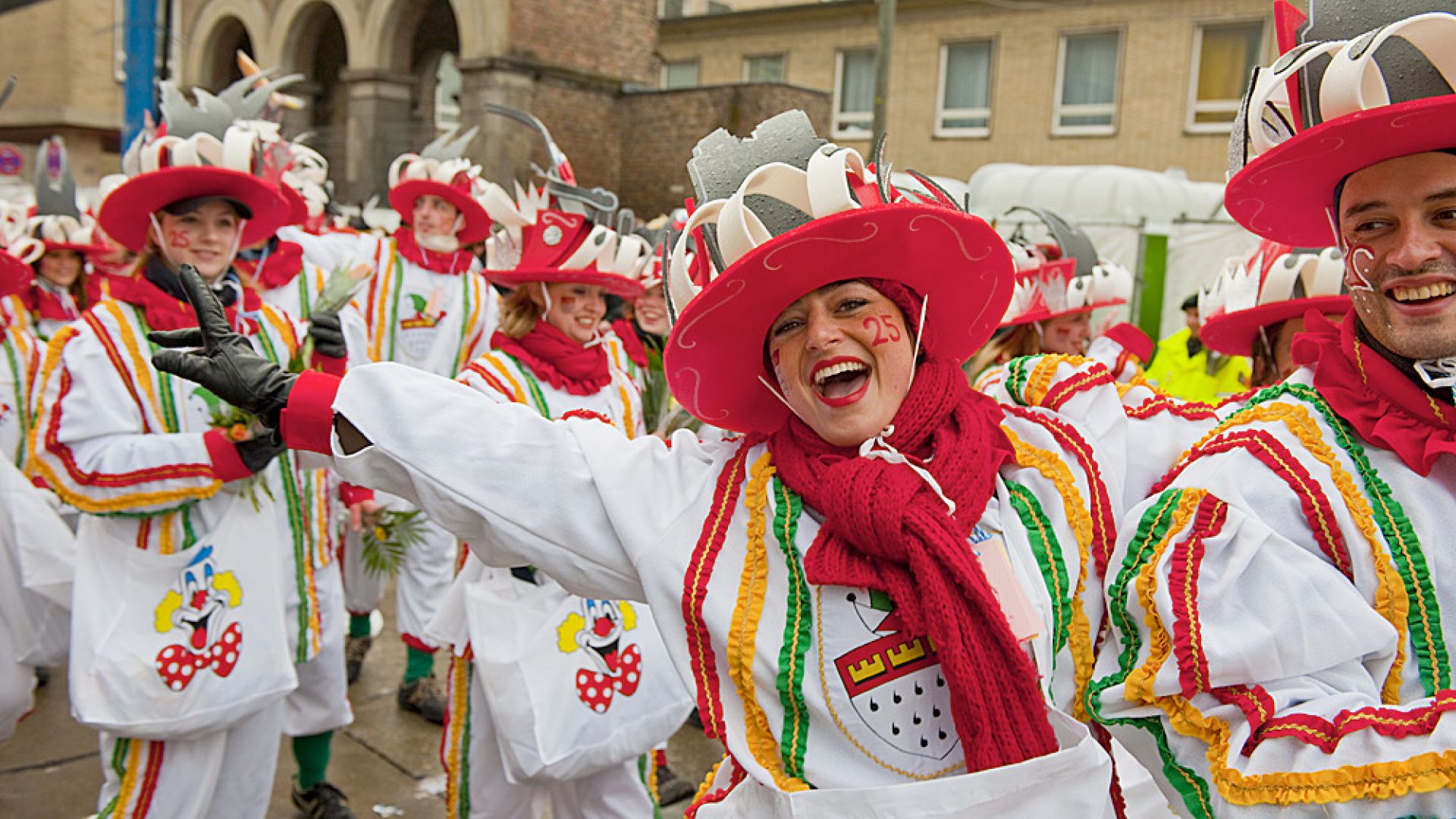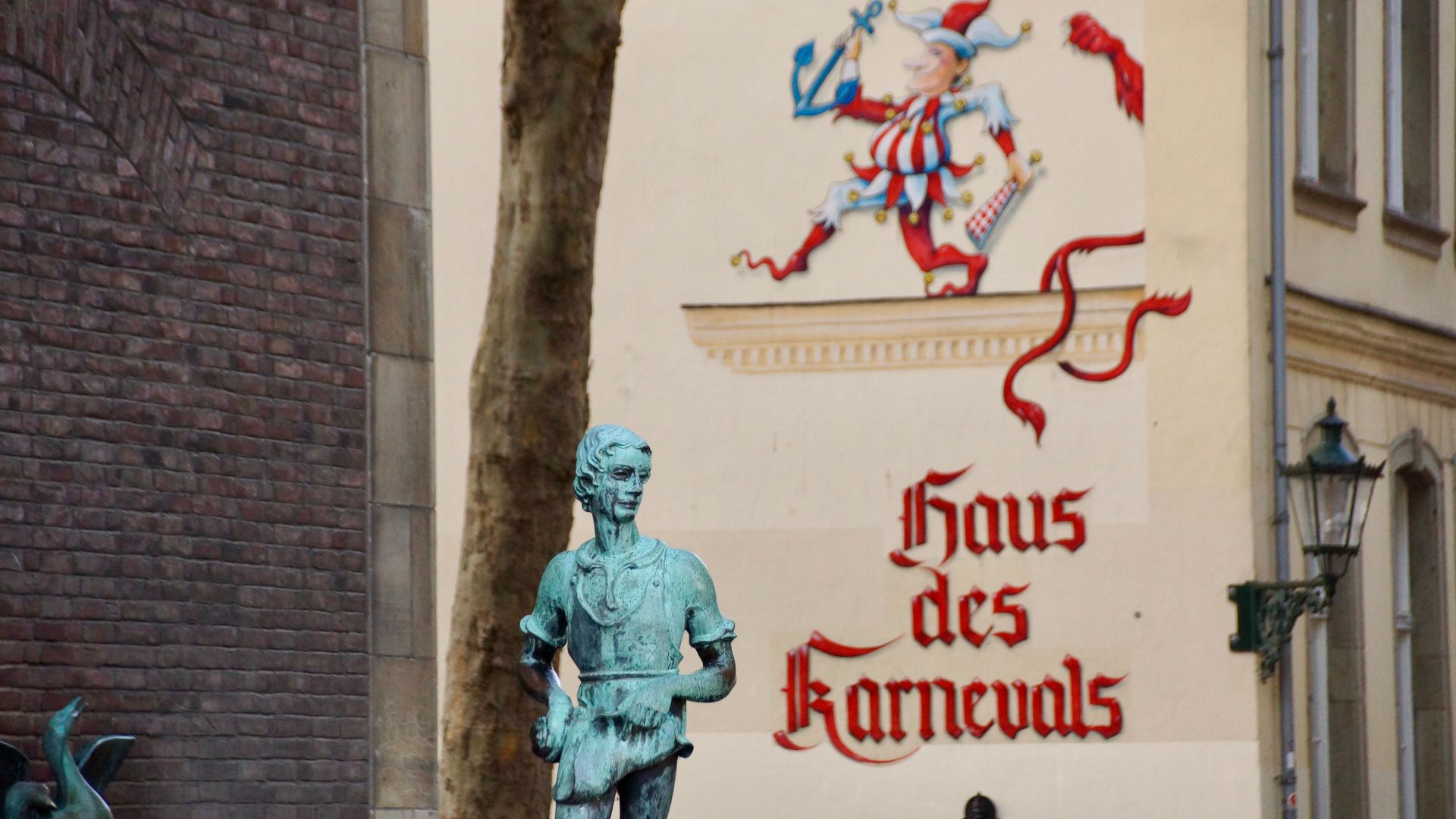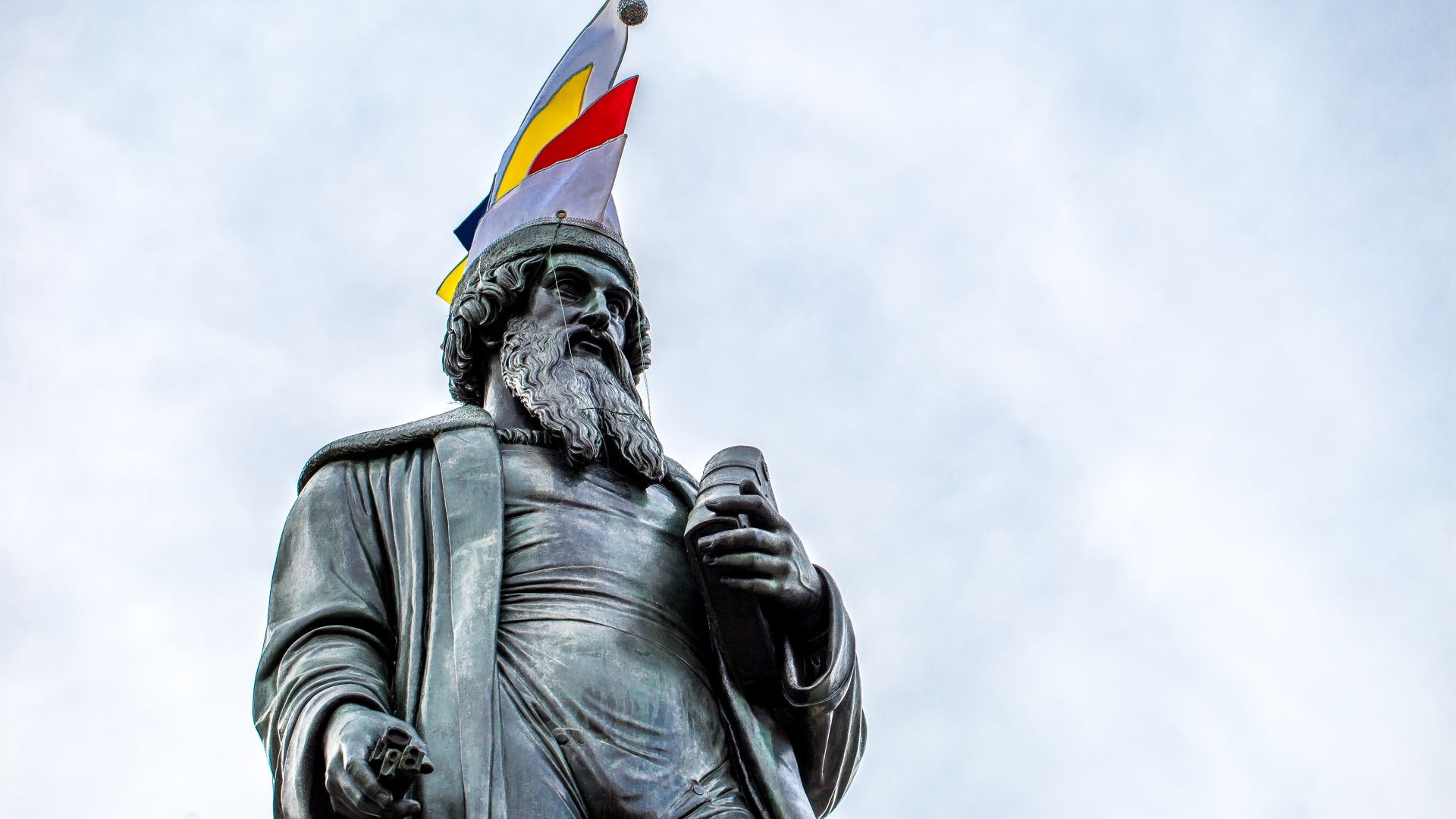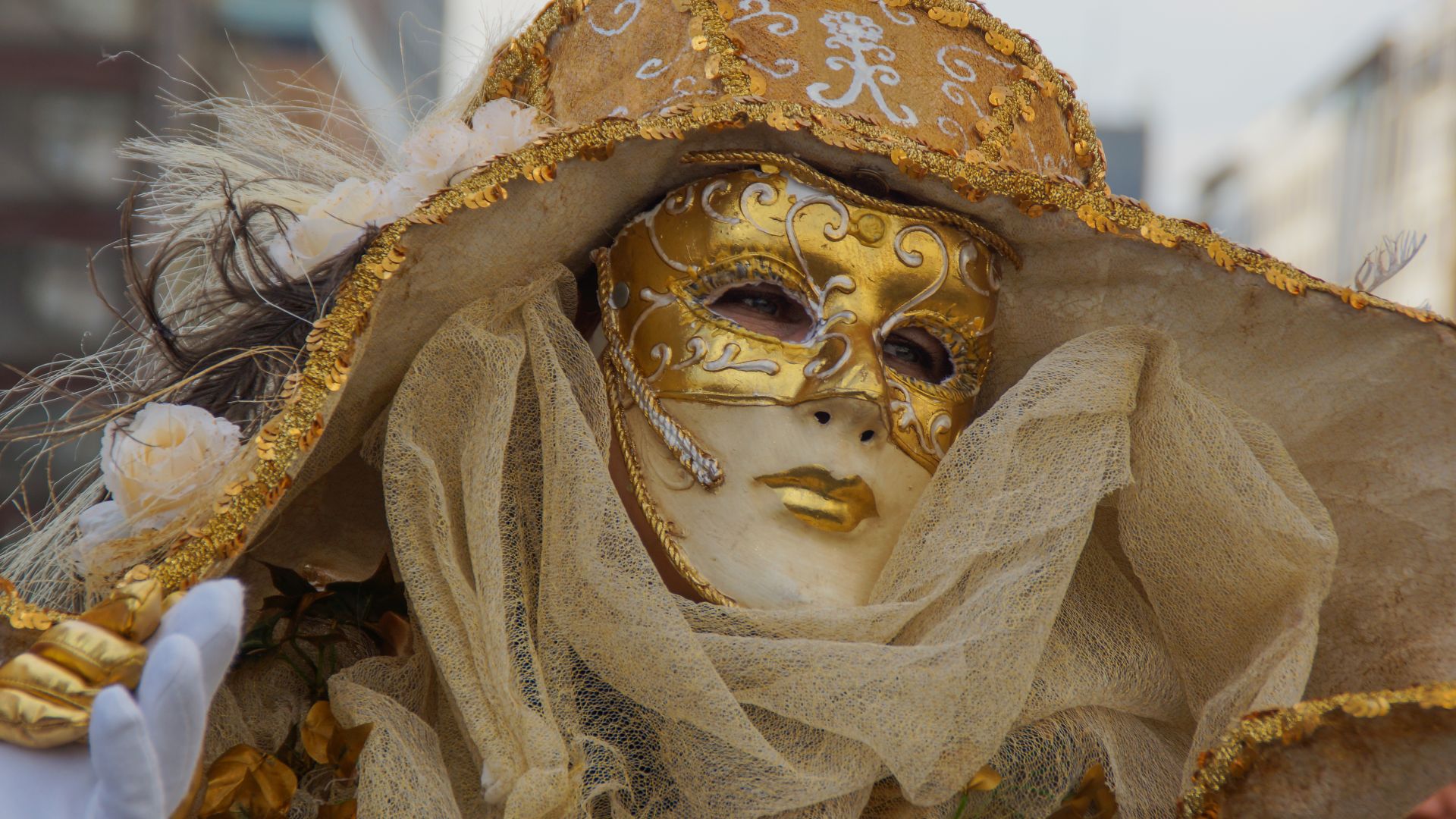
Inspiring Germany
The 7 German Carnival Hotspots
Germans celebrate carnival in late winter. Depending on the region, carnival is also called “Fasching”. Both terms have their tradition in the exorcism of winter. People in elaborate costumes dance their way through the city. Read here where you can find the most exciting parties.
Carnival in North Rhine-Westphalia and Rhineland-Palatinate is also called the "Fifth Season" and is celebrated particularly extravagantly in these German provinces. Traditionally, the "Jecke Zeit" (crazy days) period is ushered in on 11 November, but it really gets going in the New Year with the Weiberfastnacht (Women's Carnival) and Rosenmontag (Shrove Monday), with the fun eventually ending on Ash Wednesday. However, until then, there will be singing, dancing and swaying in bars, halls and on the streets - and all of it while wearing fancy costumes and disguises. Festivals of this kind are said to have been already celebrated in antiquity. One thing is certain: the very first Shrove Monday procession took place in Cologne in 1823. Do you know what to chant when you are celebrating Carnival? You can usually win with "Alaaf" or "Helau".
Cologne
 Cologne carnival
©Tourismus NRW e.V. (Oliver Franke)
Cologne carnival
©Tourismus NRW e.V. (Oliver Franke)
The people of Cologne have a reputation for being fun and sociable, even without Carnival. Nevertheless, they really let it rip at carnival time: 1.5 million visitors have been counted at a Shrove Monday parade. This is the largest and oldest parade in the whole of Germany. The "Jecken" process out from four plazas towards the Alter Markt, where a Carnival festival programme featuring lots of music and the Triumvirate kicks off at 6 pm. In addition to costumed pedestrian troupes, marching bands and people on horseback, the procession also includes whimsical floats stretching along a total length of about eight kilometres. Sweets are often thrown from the floats.
Aachen
"Oche Alaaf", is what the people of Aachen shout at Carnival. This small town in North Rhine-Westphalia attracts up to 300,000 visitors. Concisely: the people of Aachen also celebrate carnival extensively and in accordance with the Rhenish carnival tradition. On Shrove Monday, the procession moves from Adalbertsteinweg via Wilhelmstrasse, Theaterstrasse, Elisenbrunnen, Peterstrasse, Komphausbadstrasse, Seilgraben, Menoritenstrasse, Grosskölnstrasse, Markt, Jakobstrasse and Karlsgraben.
Düsseldorf
 Düsseldorf: Statue in front of the House of Carnival in the Old Town
©Adobe Stock (Kev95)
Düsseldorf: Statue in front of the House of Carnival in the Old Town
©Adobe Stock (Kev95)
Carnival in Düsseldorf begins when the "Hoppeditz" awakens. The Hoppeditz is a jester figure played by a well-known carnival performer. Nevertheless, the crazy season ends on Ash Wednesday. The jester figure in the form of a puppet is then cremated in the garden of the Düsseldorf City Museum amid great lamentation, and symbolically laid to rest. Particularly exuberant and massive celebrations take place in Düsseldorf on Sunday and Monday. The festival takes place along Königsallee and in the Old Town. Ultimately, this Shrove Monday procession is the second largest in Germany with one million visitors.
Nuremberg
Nuremberg is definitely not a carnival hotspot like Cologne or Düsseldorf - at least that is how the people of Nuremberg see it. However, the statistics tell a different story: the city attracts 100,000 visitors on Carnival Sunday. The procession comprising around 50 floats travels from the Stadt-Park Bayreuther Strasse through Nuremberg's city centre to the White Tower. To ensure that the little ones also get their money is worth, there is a children's carnival procession on Shrove Monday.
Mainz
 Mainz: Gutenberg monument with jester's cap on Shrovetide
©Adobe Stock (parallel_dream)
Mainz: Gutenberg monument with jester's cap on Shrovetide
©Adobe Stock (parallel_dream)
The people of Mainz do not call this carnival “Fasching”, instead here it's called “Mainzer Fastnacht”. Shrovetide kicks off on Schillerplatz. Here, the silly ceremonial laws are read out from the balcony of the Osteiner Hof and thousands of jesters celebrate this inaugural event every 11th November at 11.11 am. However, the highlight of the carnival is and remains Rose Monday. All of Mainz and its visitors are on their feet, transforming the city centre into a colourful sea of Jesters and Fools. The Rose Monday procession, with its political floats, marching bands, flag bearers and guards, makes its way along the celebrating crowd.
Würzburg
Dressing up, getting up to mischief, and letting off steam: Carnival is also celebrated in the Bavarian city of Würzburg : Each year, around 70,000 visitors sing, dance and march in the street procession. In addition to the children's masquerade procession on the Saturday before the carnival weekend; two other processions pass through the city on Sunday and Tuesday.
Marne
 Verkleidete Frau zu Karneval, Fasching
©gettyimages (MaBu Pictures / 500px)
Verkleidete Frau zu Karneval, Fasching
©gettyimages (MaBu Pictures / 500px)
Marne is one of the few northern German towns where Carnival has been celebrated on a large scale since 1978. About 30 vehicles and pedestrian groups take part in the parade and a total of about 20,000 visitors watch the spectacle every year. About four tonnes of sweets are thrown during this event.
Smaller parades and Carnival festivals also take place in many Rhineland towns as well as in Hesse, Frankfurt am Main, and also Hamburg and Berlin.